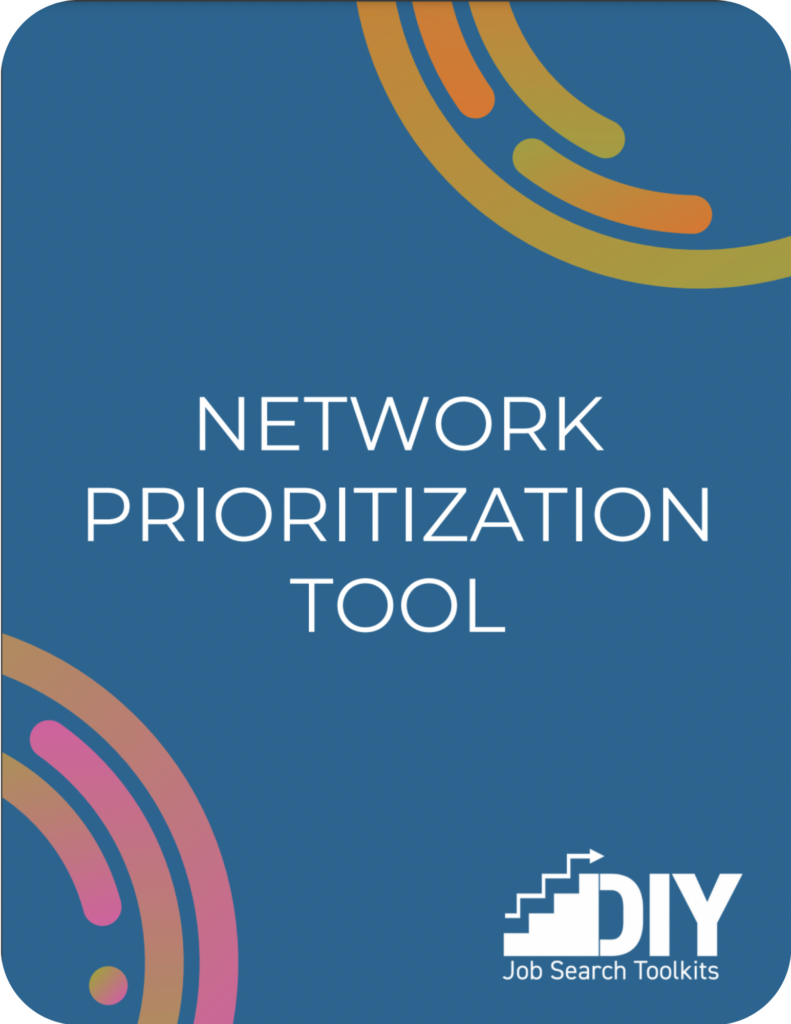Networking: A Key Career Skill That Isn’t as Scary as It Seems
When you hear the word “networking,” what comes to mind? For many, it conjures up images of crowded rooms filled with strangers and forced conversations, or the nerve-wracking act of reaching out to someone with no guarantee of a response. But here’s the truth: networking doesn’t have to be
scary. In fact, it’s one of the most valuable skills you can develop for your career—and it’s more approachable than you think.

Networking: Start Small, Think Big
One of the most common misconceptions about networking is that it requires bold, extroverted gestures, like cold-calling a CEO or giving an elevator pitch to someone you’ve never met. In reality, networking is a gradual process, and it starts with small, manageable steps. Begin with the people you already know:
Peers and Classmates
Your fellow students or colleagues can be incredible assets in building your network. They understand your field, share similar challenges, and may have insights or connections that could benefit you.
Coworkers
Even if you’ve only worked with someone briefly, maintaining those connections
can lead to unexpected opportunities later.
Use this platform to reconnect with people you already know. Whether they’re
former colleagues, classmates, or mentors, a simple message can rekindle those relationships and lay the groundwork for future interactions.
A Simple, Confidence-Building Exercise
If you’re feeling unsure about how to start, try this easy exercise. It not only helps you identify who you want to connect with but also clarifies your goals.
List three people you admire professionally
These could be people in your field, leaders at your organization, or even someone you’ve seen speak at an event.
Write down one reason you’d like to connect with them
Is it their expertise? Their career path? Their insights into a specific industry? Having a clear reason makes your outreach feel
more intentional and less intimidating.
Networking Is About Relationships, Not Transactions
It’s important to shift your mindset about networking. Many people view it as a transactional exchange—something you do when you need a favor or a job. But the most effective networking is the opposite: it’s about building genuine relationships over time.
Think of networking as planting seeds. Each conversation, connection, or shared piece of advice is an investment in your future. You may not see immediate results, but these relationships can bloom into opportunities, mentorships, and collaborations down the line.
Beginner Tip: “Networking isn’t about asking for favors—it’s about learning and building relationships.”
When you focus on learning from others, supporting their goals, and building trust, you create a foundation for mutual success.

Why Networking Is Key to Long-Term Career Success
01
Access to opportunities
Many job openings, projects, and collaborations are never publicly advertised—they’re shared within trusted networks. Building relationships ensures you’re
in the loop for these hidden opportunities.
02
Continuous learning
Your network is a source of knowledge. Whether it’s staying updated on industry trends or seeking advice during a career pivot, the people you connect with can offer
invaluable insights.
03
Support system
Career growth can be challenging. A strong network provides encouragement, guidance, and sometimes just the reassurance that you’re not navigating this journey alone.
Take Your Networking to the Next Level
Ready to make networking even easier? Download our Network Prioritization Tool to help you organize and prioritize your connections. This tool makes it simple to:
- Identify key individuals in your network.
- Set clear goals for each connection.
- Track your progress as you build meaningful relationships.
Networking doesn’t have to be overwhelming or transactional. Start small, connect with those around
you, and focus on building authentic relationships. Over time, these connections will become the foundation of a thriving career.
So, grab your list of three professionals you admire, craft a thoughtful reason to connect, and take that first step. You’ve got this! And don’t forget to download the Network Prioritization Tool to get started.
